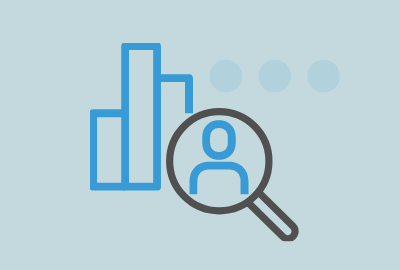By Emma Sadler, Quality Advisor.
AI is making our lives more convenient in a myriad of ways; helping us plan, organise and anticipate our needs, but in some sectors its benefits are yet to be fully realised. As social care providers, the wealth of information and evidence that we’re asked to provide is immense, and gathering that information can be one of the most time consuming activities that we face. Most providers out there know that what they’re providing is outstanding quality care – but can we always prove it?
With the Care Quality Commission taking a revised approach to assessment, focusing more on desk-top reviews, data insights and remote monitoring, providers need to adjust their approach accordingly. The Provider Information Return alone can generate days of work for Registered Managers who are faced with the task of retrospectively reviewing hundreds of documents and data entries to identify needs and a summary of a year’s worth of activities. The CQC aren’t the only ones who want information either.
Visiting professionals want to know how effective care strategies have been, we want to be able to evidence to commissioners and family members how people have been active and progress they’ve made against their goals, and there’s always an element of cost / benefit to be analysed.
AI is paving the way for a new era of convenience, with the potential to free care professionals up to focus on the day-to-day support needs of the people using services. It’s got huge potential to reduce the administrative burden associated with information requests as well as to provide valuable data insights that would take a person vast amounts of time to identify through manual analysis and review.
Imagine if you could press a button and voila! Your PIR is populated. Not only that, but with the basics out of the way applications like CareBrain could be supporting providers to really demonstrate the ‘outstanding’ stuff that we know goes on. Sure, we need to know how many people received PRN medication in the past 12 months but if gathering that information took 5 minutes, instead of 5 hours we could now be demonstrating quantifiable reductions in PRN usage, increased use of preventative strategies and the impact that had on incidents of behaviours of concern.
The potential that AI has to support providers to demonstrate the positive outcomes that they’re supporting people to achieve and in the midst of CQC’s new and ever-evolving approach to assessment CareBrain couldn’t be on the market at a better time.

